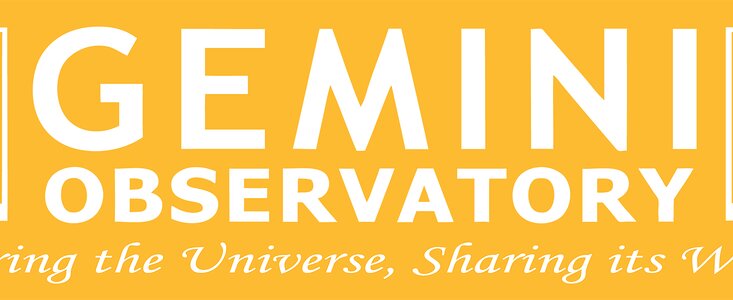8.1-Meter Mirror Crosses Oceans to Reach Gemini Telescope
20 Marzo 2000
After traveling in the shadow of the Eiffel Tower, through the Panama Canal and up a steep, narrow mountain road to a remote peak in Chile, one of the world's largest astronomical telescope mirrors arrived safely at the Gemini South Observatory on March 17th, 2000. The mirror, which can collect more light than two million human eyes, is the heart of the Gemini South Telescope on Cerro Pachón, a mountain in central Chile. The telescope will soon join its identical twin, on Hawaii's Mauna Kea, to provide extremely high-resolution images of the universe.
24-ton mirror is safely delivered to remote Chilean Mountaintop
The massive yet delicate mirror represents some of the most advanced optical technology ever assembled for astronomical research. Combined with adaptive optics, the telescope will produce infrared images that are sharp enough to resolve the separation between a pair of automobile headlights at a distance of 3,000 miles! Gemini will often exceed the resolving power of the Hubble Space Telescope and produce images that are as sharp as theoretically possible for a telescope of this size. Astronomers from the seven country Gemini Partnership will use the telescope to answer fundamental questions ranging from the formation of stellar and planetary systems to the fate and evolution of our Universe.
Gemini Optics Manager Larry Stepp said, "It is a great feeling to have both Gemini mirrors safely in place and poised to begin collecting light. These superb mirrors are a key part of the technology that gives the Gemini Telescopes unmatched ability to explore the universe from the Earth, particularly in the infrared."
The Gemini mirror began its voyage almost 15,000 miles ago at Corning Incorporated in Canton, N.Y., where it was fused from 23 metric tonnes of Corning's Ultra-Low Expansion Glass. From Corning, it traveled by ship to REOSC just south of Paris, where it was polished to a surface so smooth that if the mirror were enlarged to the size of the United States, no hill would be larger than a speed bump!
In mid February 2000, the mirror began the last leg of its worldly travels with a spectacular voyage by barge through central Paris and out to sea on a large container ship. After about one month deep inside the ship, it arrived in Chile to begin the 4-day voyage to the nearly 9,000-foot peak of Cerro Pachón.
On March 17th the mirror passed an inspection by Optics Manager Larry Stepp. Gemini technicians will soon deposit a very thin layer of metal on the glass so that it can reflect starlight. The Gemini South telescope is expected to see "First Light" during the second half of this year.
"It is never easy to move something this big, awkward and delicate," said Gemini Project Manager Jim Oschmann. "We even had to widen one of the tunnels by 2 meters so that the mirror and other parts of the telescope could get through!"
For images of the mirror move, see the Primary Mirror #2 Delivery Page. Broadcast quality video is also available upon request (pmichaud@gemini.edu).
The Gemini 8-meter Observatory Project is a multi-national collaboration that will provide two nearly identical 8-meter telescopes to an international community of astronomers. Both telescopes will incorporate new technologies that allow large, relatively thin mirrors to collect and focus both optical and infrared radiation from space with extremely high resolution. The telescopes are located on Hawaii's Mauna Kea (Gemini North) and on Cerro Pachón in central Chile (Gemini South), and hence will provide full sky coverage. Gemini North is nearing scientific operations by the middle of this year and Gemini South will follow about one year later. More information on the Gemini Observatory can be found at the main web page.
Más Información
The Gemini Observatory provides the astronomical communities in each partner country with state-of-the-art astronomical facilities that will allocate observing time in proportion to each country's contribution. In addition to financial support, each country also contributes significant scientific and technical resources. The national research agencies that form the Gemini partnership include: the US National Science Foundation (NSF), the UK Particle Physics and Astronomy Research Council (PPARC), the Canadian National Research Council (NRC), the Chilean Comisión Nacional de Investigación Cientifica y Tecnológica (CONICYT), the Australian Research Council (ARC), the Argentinean Consejo Nacional de Investigaciones Científicas y Técnicas (CONICET) and the Brazilian Conselho Nacional de Desenvolvimento Científico e Tecnológico (CNPq). The Observatory is managed by the Association of Universities for Research in Astronomy, Inc. (AURA) under a cooperative agreement with the NSF. The NSF also serves as the executive agency for the international partnership.


